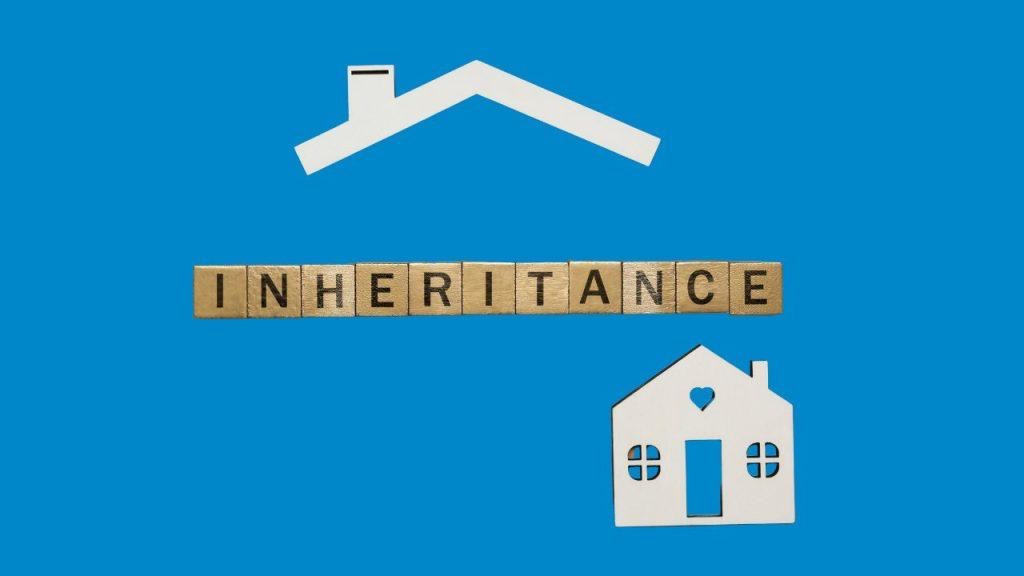When it comes to wealth-building strategies, real estate investing stands out for many reasons: cash flow, appreciation potential, leverage, and perhaps most significantly—tax deductions. Among tax deductions, depreciation might be the most powerful yet least understood.
Let me put it this way: Depreciation allows you to deduct thousands of dollars annually from your taxes without spending a single additional penny out of pocket. It’s like getting a tax deduction for money you’ve already spent.
Let’s break down this powerful benefit and how you can leverage it in your real estate investing strategy.
What Is Real Estate Depreciation?
In accounting terms, depreciation is the process of allocating the cost of an asset over its useful life. For real estate investors, it’s the IRS’s acknowledgment that buildings deteriorate over time, requiring eventual replacement.
Here’s what makes depreciation remarkable: While properties often appreciate in market value, the IRS still allows you to claim a deduction for the theoretical wearing out of the building. This creates a powerful tax advantage where you can show “paper losses” on a property that’s actually increasing in value and generating positive cash flow.
How Depreciation Works for Real Estate
The IRS has established specific guidelines (IRS publication 946) for depreciating real estate1:
- Residential rental properties (apartments, single-family rentals) are depreciated over 27.5 years
- Commercial properties (office buildings, retail spaces) are depreciated over 39 years
The depreciation period begins when you place the property in service (start renting it) and continues until you’ve fully depreciated the property or sell it.
Important: Only the building depreciates, not the land.
Since land doesn’t “wear out,” you can only depreciate the portion of your purchase price allocated to the building itself. Typically, you’ll need to determine a reasonable allocation between land and building value, often using the assessment ratio from your property tax statement or an appraisal.
Depreciation in Action: A Practical Example
Let’s see how depreciation works with a hypothetical example:
Scenario: You purchase a single-family rental property for $500,000.
Step 1: Determine the land-to-building ratio.
- Based on your property tax assessment, 20% ($100,000) is allocated to land
- 80% ($400,000) is allocated to the building
Step 2: Calculate annual depreciation.
- $400,000 (building value) ÷ 27.5 years = $14,545 annual depreciation deduction
Step 3: Calculate the tax benefit.
- If you’re in the 35% tax bracket, your annual tax savings would be:
- $14,545 × 35% = $5,091 in reduced taxes each year
This means you’re saving over $5,000 in taxes annually without spending any additional money. And that’s just standard depreciation—it can potentially get even better with advanced tax strategies we’ll discuss later.
The Passive Activity Loss Rules: A Potential Roadblock
Now, here’s where things get a bit complicated. The IRS classifies rental real estate income as “passive income,” and there are restrictions on how you can use passive losses.
For most investors, the passive activity loss rules limit your ability to deduct rental property losses (including those created by depreciation) against other income sources like your salary or business income.
If your Modified Adjusted Gross Income (MAGI) is below $100,000, you can deduct up to $25,000 of passive losses against your ordinary income. This deduction phases out as your MAGI increases from $100,000 to $150,000, and once you’re above $150,000, you cannot use passive losses against ordinary income (IRS Publication 527).
Any unused losses are carried forward to future tax years and can be used when you either:
- Have passive income from other sources, or
- Sell the property in a taxable transaction
Exceptions to the Passive Loss Limitations
Fortunately, there are exceptions to these limitations:
1. Real Estate Professional Status
If you qualify as a “real estate professional” for tax purposes, the passive loss rules don’t apply to your real estate activities. To qualify (as per IRS Publication 925), you must:
- Spend more than 750 hours annually in real estate activities
- Spend more than 50% of your total working time in real estate businesses
- Materially participate in your rental activities
This status is generally appropriate for full-time real estate investors or individuals where one spouse can devote significant time to real estate activities.
2. Short-Term Rentals
Short-term rentals (less than 7 days average stay) may qualify as “businesses” rather than “rental activities” under certain circumstances (as per IRC Section 469). If your property is considered a business rather than a rental:
- It’s not automatically subject to passive loss rules
- You may be able to deduct losses against your ordinary income
- You must materially participate in the management of the property
This strategy has become increasingly popular with the rise of Airbnb and VRBO platforms, though it requires active management and higher involvement.
Cost Segregation: Accelerating Your Depreciation Benefits
Standard depreciation is powerful, but cost segregation can supercharge your tax deductions.
A cost segregation study is an engineering-based analysis that identifies building components that can be depreciated over shorter periods—5, 7, or 15 years—instead of the standard 27.5 or 39 years (as per IRS publication 946).
Components that can be reclassified include:
- Carpeting and flooring
- Cabinetry and countertops
- Certain electrical and plumbing systems
- Land improvements like parking lots
- Specialized equipment
Example of Cost Segregation Impact:
Let’s revisit our $500,000 property hypothetical example:
Without Cost Segregation:
- Annual depreciation: $14,545
- 10-year total depreciation: $145,450
With Cost Segregation:
- A study might identify 25% of the building value ($100,000) that can be depreciated over 5-7 years
- First-year depreciation might increase to $30,000+
- 10-year total depreciation could exceed $230,000
This acceleration means larger deductions in the early years of ownership, which can significantly reduce your tax burden when you likely have the highest expenses and lowest rental income.
Bonus Depreciation: An Additional Accelerator
The Tax Cuts and Jobs Act introduced 100% bonus depreciation for certain qualified property, allowing for immediate expensing of eligible components identified in a cost segregation study.
While this benefit is being phased down (80% in 2023, reducing by 20% each year until expiration), it can still provide substantial front-loaded benefits for properties placed in service during these years.
The Tradeoff: Depreciation Recapture
Before you rush to maximize depreciation, understand that the IRS will “recapture” some of these benefits when you sell the property.
When you sell a depreciated property, the accumulated depreciation is taxed at a rate of 25% (rather than your ordinary income tax rate or the lower capital gains rate). This is known as depreciation recapture (IRS Publication 544).
Hypothetical Example:
If you’ve claimed $100,000 in total depreciation and sell the property, you’ll owe $25,000 in depreciation recapture taxes ($100,000 × 25%).
Additionally, accelerated depreciation through cost segregation means:
- Larger upfront tax savings
- Potentially larger recapture taxes later
- Less depreciation available in future years
Cost Segregation: Is It Worth It?
Cost segregation studies typically cost between $5,000 and $15,000, depending on the property’s size and complexity. Is this expense justified?
Consider these factors:
- Your tax bracket: Higher-income investors can potentially benefit more from accelerated deductions
- Holding period: Shorter holding periods may not justify the expense
- Property value: Generally, properties worth at least $500,000 provide enough benefit to justify the cost
- Time value of money: Tax savings today are worth more than the same savings in the future
As a rule of thumb, if a cost segregation study can generate first-year tax savings that exceed the study’s cost, it’s worth considering.
Strategic Considerations for Maximizing Depreciation Deductions
- Plan your exit strategy: Consider the 1031 exchange to defer depreciation recapture and capital gains taxes
- Hold until death: Properties transferred to heirs receive a step-up in basis, potentially eliminating recapture tax
- Timing matters: Consider placing properties in service near the beginning of the tax year to maximize first-year depreciation
The Bottom Line: Leverage Depreciation to Keep More of Your Profits
Real estate depreciation is one of the few “phantom deductions” in the tax code that allows you to reduce your taxable income without corresponding out-of-pocket expenses. While the rules are complex, the benefits can be substantial, particularly for high-income investors seeking tax-advantaged investment strategies.
Working with knowledgeable tax professionals and financial advisors who understand these sophisticated strategies is essential. The right approach to depreciation can enhance your after-tax returns and potentially accelerate your path towards financial independence.
Remember: It’s not just about what you earn—it’s about what you keep. And depreciation can help you keep more of your real estate profits in your pocket, where they belong.
1 The Modified Accelerated Cost Recovery System (MACRS) is used to depreciate most property placed in service in 1987 or later.
This article is for informational purposes only and should not be construed as tax, legal, or investment advice. Always consult with qualified tax and financial professionals regarding your specific circumstances. Any examples shown are for illustrative purposes only; your results will vary based on your personal situation.
CRN202710-8548316


